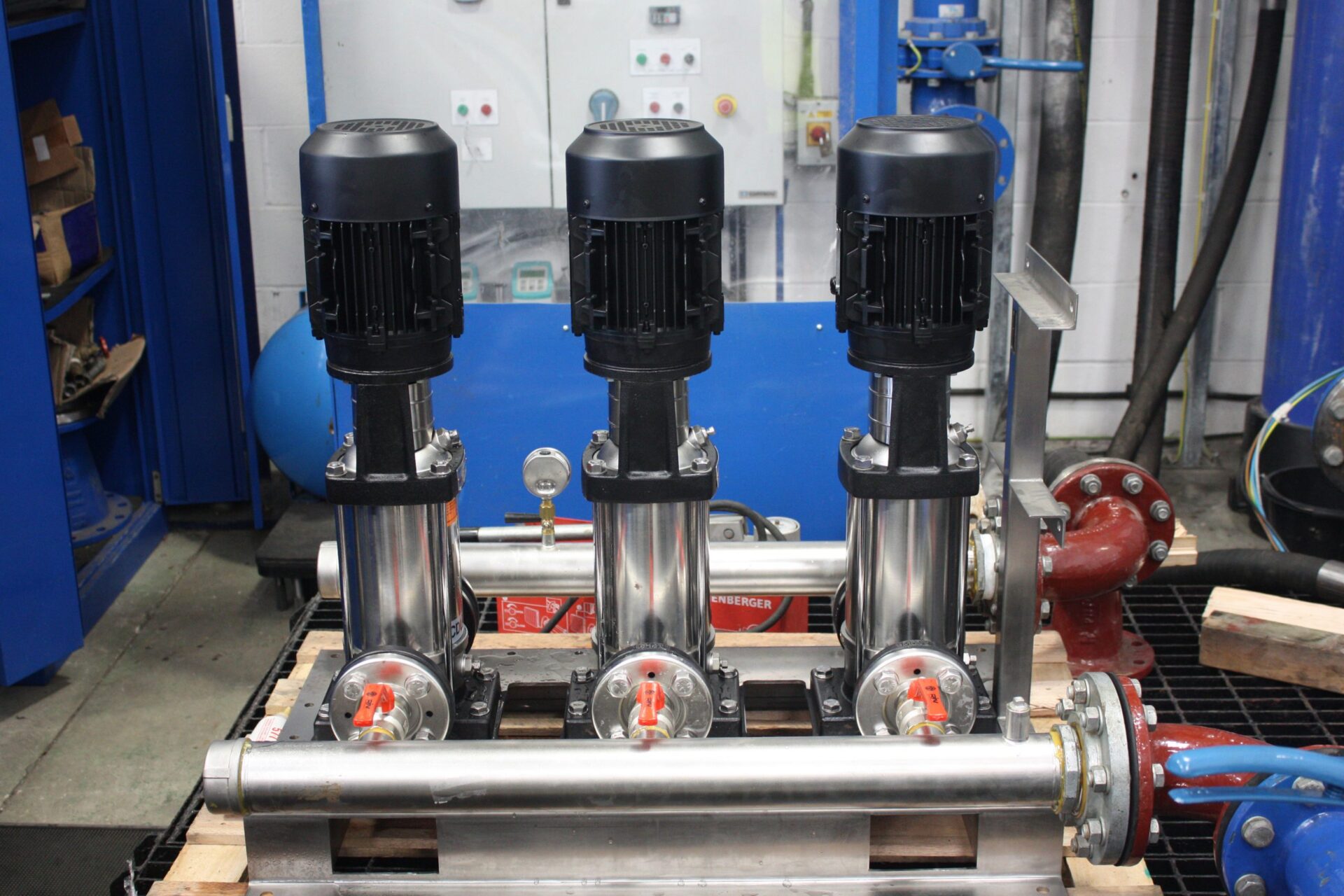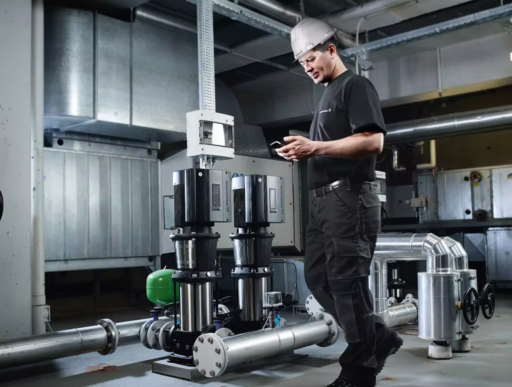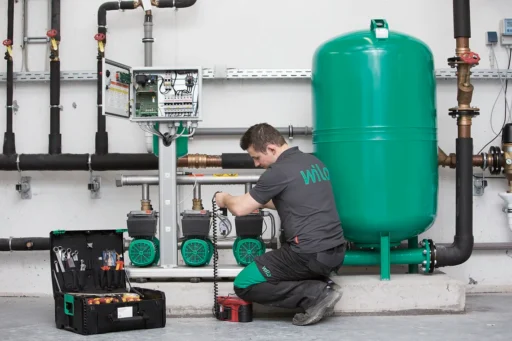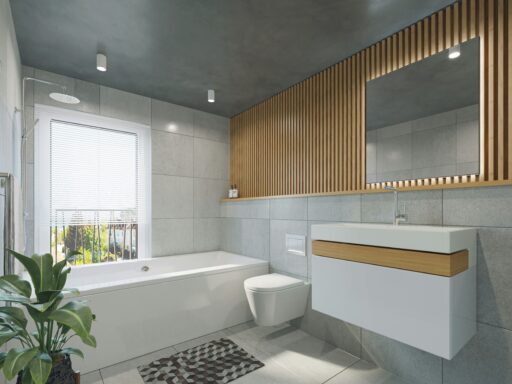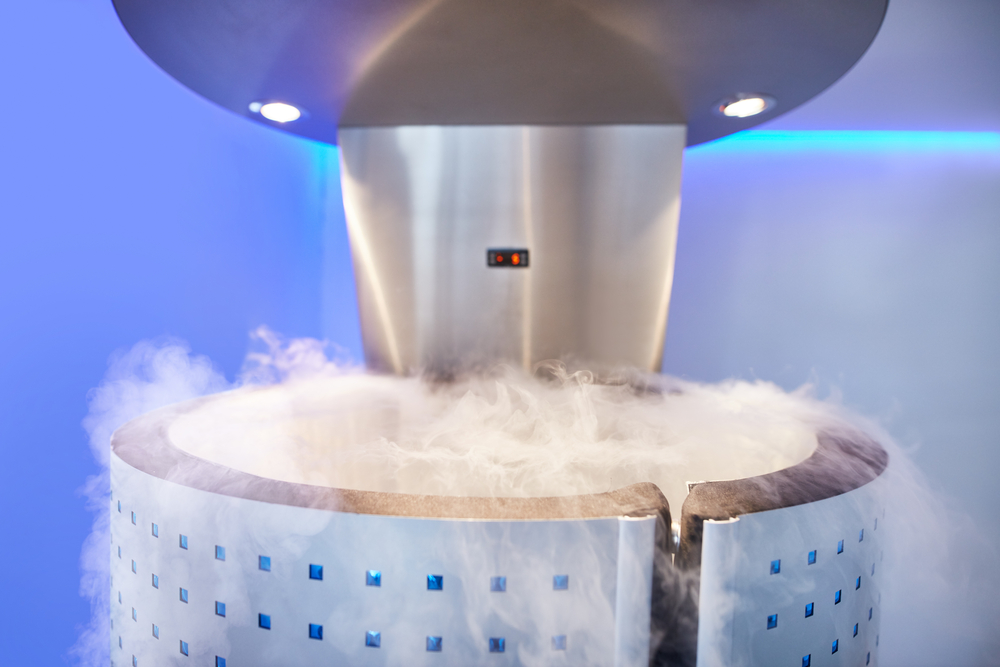If you live in an area where the water pressure is low or variable, the best way to get acceptable pressure in your home is to install a booster pump. These are fitted at the point where the water supply enters the property and can boost the water flow throughout the house.
Low water pressure is common, especially in rural areas where there may be a long distance from the main water supply to the property. It can also be a problem in urban areas, particularly if there is older pipework or the number of properties in an area has expanded.
How water flow works
When you turn on the tap, you expect water to come out; however, do you understand what makes this happen? Domestic water supplies operate using a closed loop – when you turn on a tap, the water, along with some air, is pulled up the pipe by vacuum pressure.
Where there is poor water flow, it takes longer for sufficient pressure to build to pull the water up the pipe. This can mean a slow trickle of water and also an uneven flow, as there will be more air trapped in the pipe. Symptoms of poor pressure may be a slow or uneven flow of water from the taps or shower, taking a long time to fill the bath.
Choosing a booster pump
There are several types of booster pump that can be used to improve your water pressure and it is important to get the right one for your needs. You can boost individual outlets such as a shower using a pump; however, in most situations you will need to boost the whole domestic water supply so that all outlets benefit.
A multi-stage pump is most commonly used to do this. These are electrically driven, have more than one impeller – a rotating device rather like a turbine – and make use of centrifugal force to actively pull water from the mains into the system and thus provide greater pressure where you need it.
Reservoirs
It is possible to obtain a pump as a standalone unit fitted to the water supply pipe; however, in some cases it may be better to have a packaged pumping system. These use a reservoir or break tank to hold a supply of water to even out the flow. This means the pump is connected to the tank rather than directly to the water company’s supply.
For domestic supplies, pump installation is usually quite straightforward and a qualified plumber should be able to do it in less than a day. The latest types are compact and quiet in operation, meaning they won’t be intrusive.
What to do next
Pumps are quite specialized and you need to make sure that you get the right one for your needs. You also need to ensure that you comply with the regulations that govern domestic water supplies and that may affect the type of pump you can use. Here at Pump Sales Direct we’re happy to discuss your needs and we will help you to select the right booster pump for your requirements from the range available.


